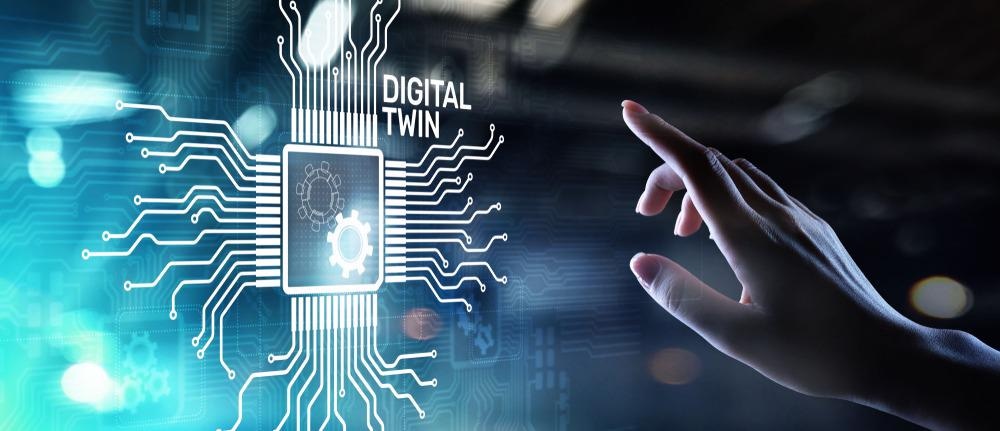There is a new trend sweeping the typically conservative mining industry: remote connectivity. Multinational technology firm ABB and other global companies have recently started remote connectivity projects with mining customers across Australia. These projects will enable companies to streamline their production while maximizing worker safety and future-proofing their mining operations.

Image Credit: Wright Studio/Shutterstock.com
Remote Connectivity for Giant GMDs
ABB is delivering remote connectivity systems for customers at Newcrest Telfer and Gold Fields St Ives mines in Western Australia. Gearless Mill Drives (GMDs) are used in both these sites to grind and crush large amounts of material. If a GMD stops working, the downstream processes that rely on it are affected and production ultimately stops altogether.
A remote connectivity solution, ABB Ability, has been implemented in these mines to provide predictive grinding machinery maintenance. Continuous data extraction from sensors on the GMDs alerts technicians to maintenance issues as soon as they arise so that a quick and relatively inexpensive fix can be made.
Data and analytics provided by ABB’s system also contribute to ongoing process improvement for mining customers. Analyzing data generated by different GMDs around the world can help engineers to streamline processes, identify best practices, and ultimately improve efficiency and profitability for their mines.
Characteristics logged before machine failure or some other kind of production-slowing event can be compared and potentially used to alert other customers when a failure is likely.
Predictive maintenance using remote connectivity and sensor systems further reduces the costs of keeping massive, ruggedized mining equipment such as GMDs working for as long as possible.
Digital Twinning: Pilbara and Perth
Rio Tinto, a global mining company, is also pioneering remote connectivity and automation projects in Australia. The company’s iron ore mines operate with a completely autonomous, heavy-haul, long-distance railway system.
Rio Tinto’s Pilbara mine has recently transformed operations by deploying over 80 autonomous trucks in roaming, digging, excavating, and transportation operations around the massive site. There are only a handful of human workers left on site, supervising physical operations and on-hand in case a manual fix is needed.
The rest of the human workforce (some 12,000 Rio Tinto employees) has been relocated to an operations center near Perth Airport. They have all remained on the payroll, working with new skills in the control room 750 miles away from the site.
The Impact of COVID-19 on Remote Connectivity in Mining
Remote connectivity is among a few general trends that have been sped up by the onset of COVID-19, such as the adoption of automation technology, electrification, and digitalization.
Rapid technological advances in sensors, machine learning (ML), artificial intelligence (AI), and robotics have been applied in mining operations to drive remote connectivity and automated systems. Autonomous vehicles, machinery, data centers, and planning functions have all been introduced to ease this transition while maintaining site productivity.
COVID-19 sped up the adoption of remote connectivity and automation technologies in mining. Facilities were forced to finish remote autonomous transformation projects ahead of schedule as their workers were unable to get to the site.
In general, mining has increased its use of data and remote-connected “digital twinning” systems, where mining sites are linked to centralized control centers in big cities. The Rio Tinto Pilbara and Perth transition is a good example of digital twinning where the company has met obligations to workers.
The big three iron ore mining firms in Australia have all embraced remote connectivity and adopted the digital twins approach in recent years. AI is used to comb through the data collected at mining sites and creates models, blast timings, and many other optimizations for the on-site work.
Remote Connectivity is Important Regardless of COVID-19
As is the case with other mining trends such as automation and digitization, remote connectivity and digital twinning have been on the horizon for the mining industry since long before COVID-19’s effects were felt.
The benefits to worker safety and efficiency, access to remote and extreme environments, and potential for future technological advances that remote connectivity enables meant that the industry was bound to adopt it sooner or later. It just happens to be the case that COVID-19 catalyzed many firms to speed up their adoption of the new mining approach.
Other industries – notably manufacturing and logistics – have been early adopters of automation technology and data-driven processes. Now, heavier and more conservative industries such as mining and construction have to catch up.
References and Further Reading
Frangoul, A. (2020) Mining looks to electric, autonomous vehicles to reduce costs and improve efficiency. [Online] CNBC. Available at: https://www.cnbc.com/2020/07/16/mining-looks-to-electric-autonomous-vehicles-to-improve-efficiency.html
Galas, A. et al. (2021) Impact of Covid-19 on the Mining Sector and Raw Materials Security in Selected European Countries. Resources. https://doi.org/10.3390/resources10050039
Goosen, M. (2021) The Future of Mining Through Electrification, Digitalization and Automation. [Online] Energy Capital and Power. Available at: https://energycapitalpower.com/the-future-of-mining-through-electrification-digitalization-and-automation/
Mining – where electrification meets innovation. [Online] TechCrunch. Available at: https://techcrunch.com/sponsor/sandvik/mining-where-electrification-meets-innovation/
Robinson, B. (2021) 4 Ways Mining is Changing in 2021. [Online] CM Industrial. Available at: https://www.searchingindustrial.com/media/1100/4-ways-mining-is-changing-in-2021
Woo, J. (2021) Five mining trends to watch beyond 2021. [Online] ABB Conversations. Available at: https://www.abb-conversations.com/au/2021/07/five-mining-trends-to-watch-beyond-2021/
Disclaimer: The views expressed here are those of the author expressed in their private capacity and do not necessarily represent the views of AZoM.com Limited T/A AZoNetwork the owner and operator of this website. This disclaimer forms part of the Terms and conditions of use of this website.